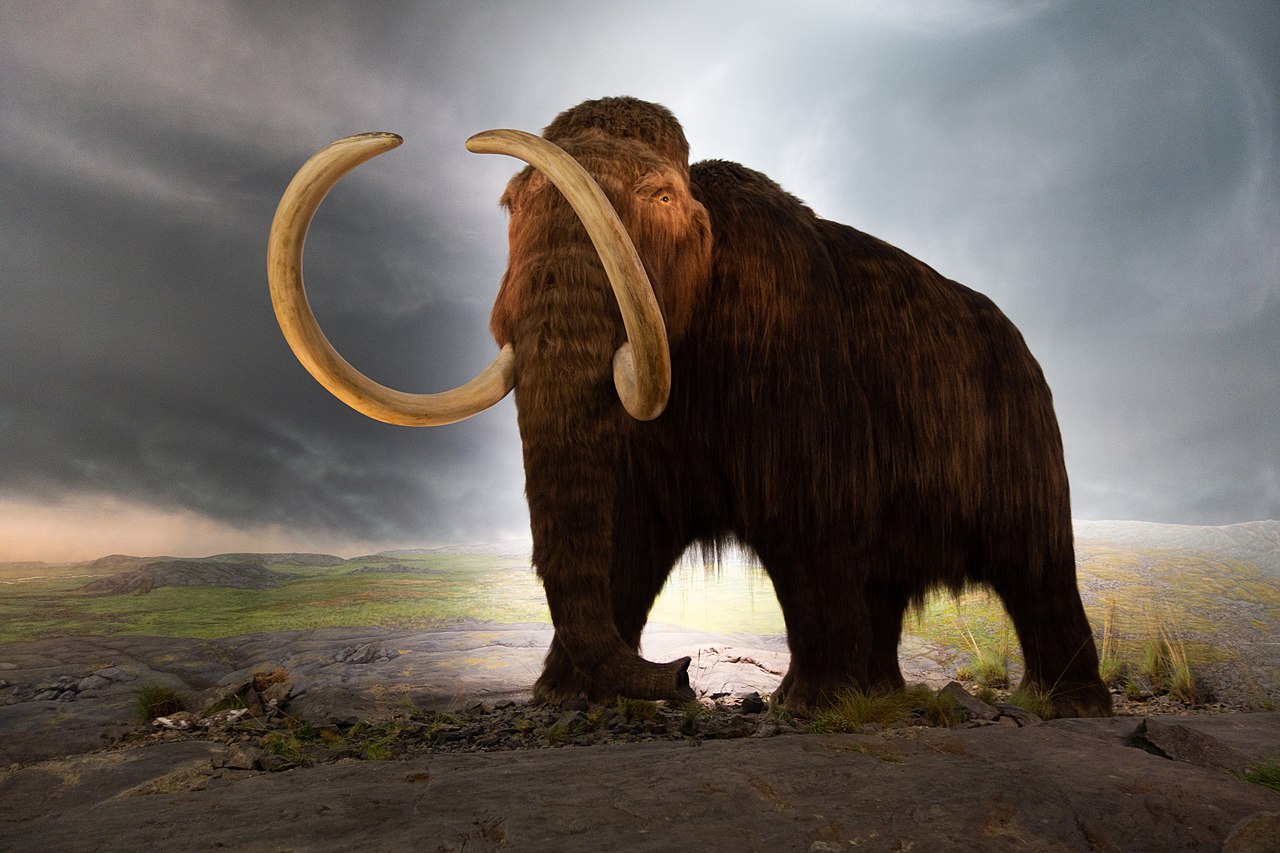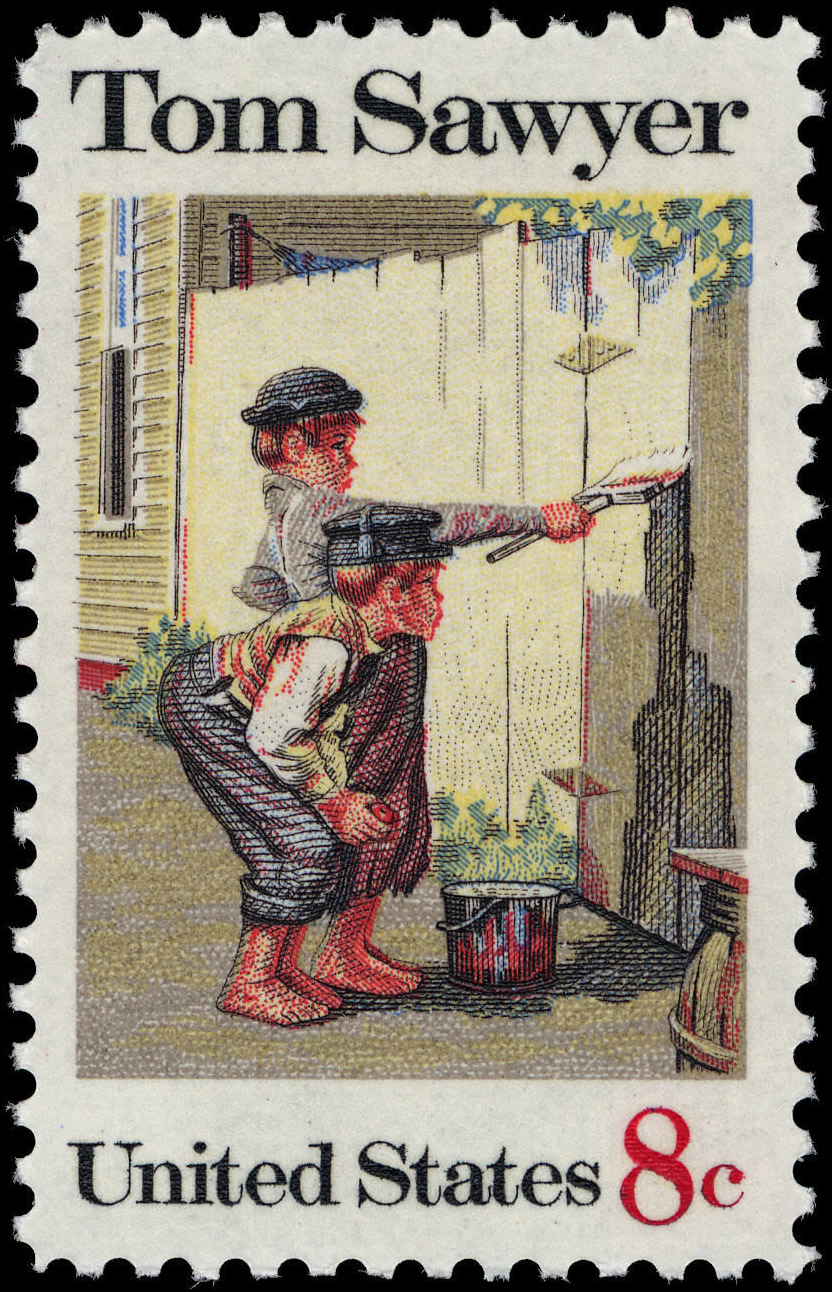CorporateNature No 136
Opportunities in life come and go. These opportunities are not equal for everyone. But while you cannot pick your parents or choose where to be born, you have control over using what you have. You can use your assets and skills productively or destructively. Would you choose to unite or to divide?
1. The Wall as a Dividing Barrier
Building a wall as a barrier is the epitome of negativity: its purpose is to divide, not to unite. Your wall may be guarding what you already have or blocking others from accessing what you have, but it will also be keeping anything new and valuable from coming to you from the outside. In the short run a wall may work to your advantage but in the long run it will limit your potential to reach out to the world and achieve more.
2. The Walls of a House
Building walls to support the roof of a building is an entirely different type of wall. The walls of a house also serve as a divider but they merely separate the inside from the weather conditions outside. The walls of a house create a hospitable place for a home or a family within them. A house also connects to the outside world through the gaps in the walls we call windows and doors.
3. Fixed vs. Growth Mindset
The difference between dividing walls and constructive walls is the same difference as between the fixed mindset and the growth mindset. The Chinese proverb says it all:
Search Results
Web results
"When the wind of change blows, some build walls, while others build windmills."

House (image source: Wikipedia)



















